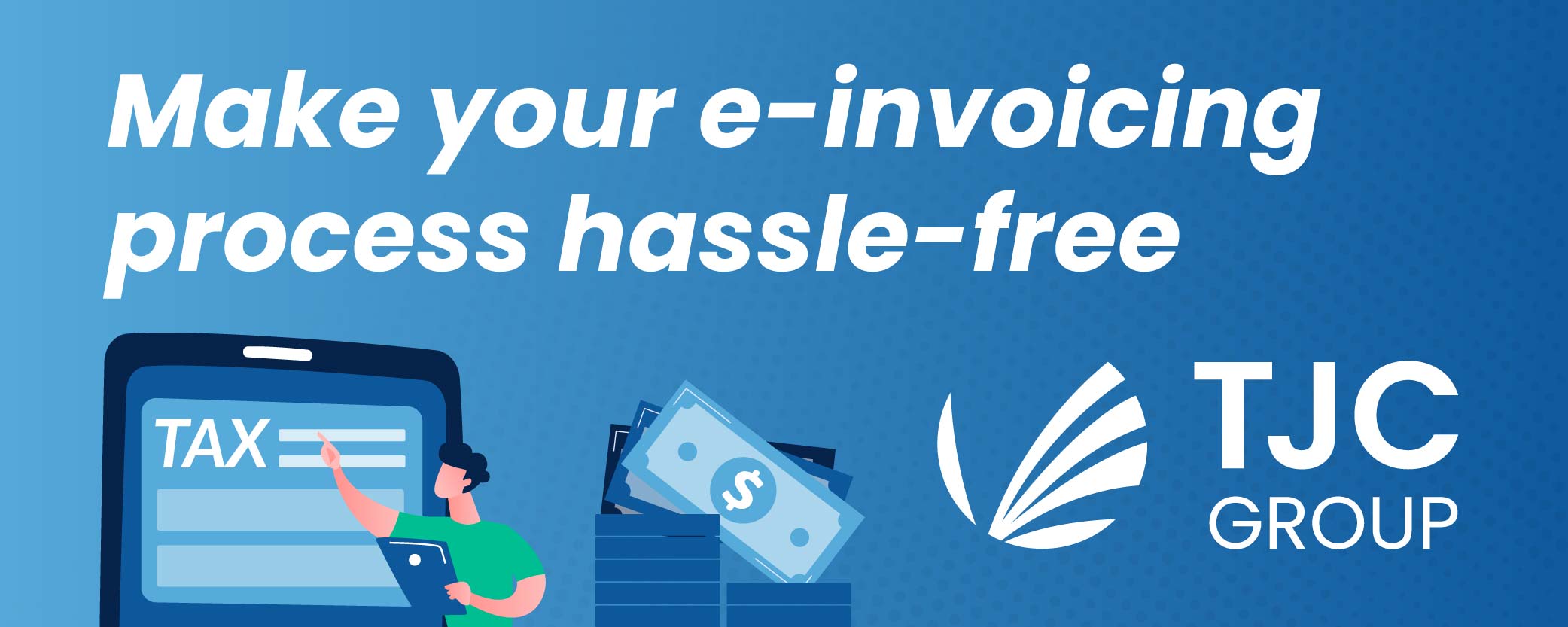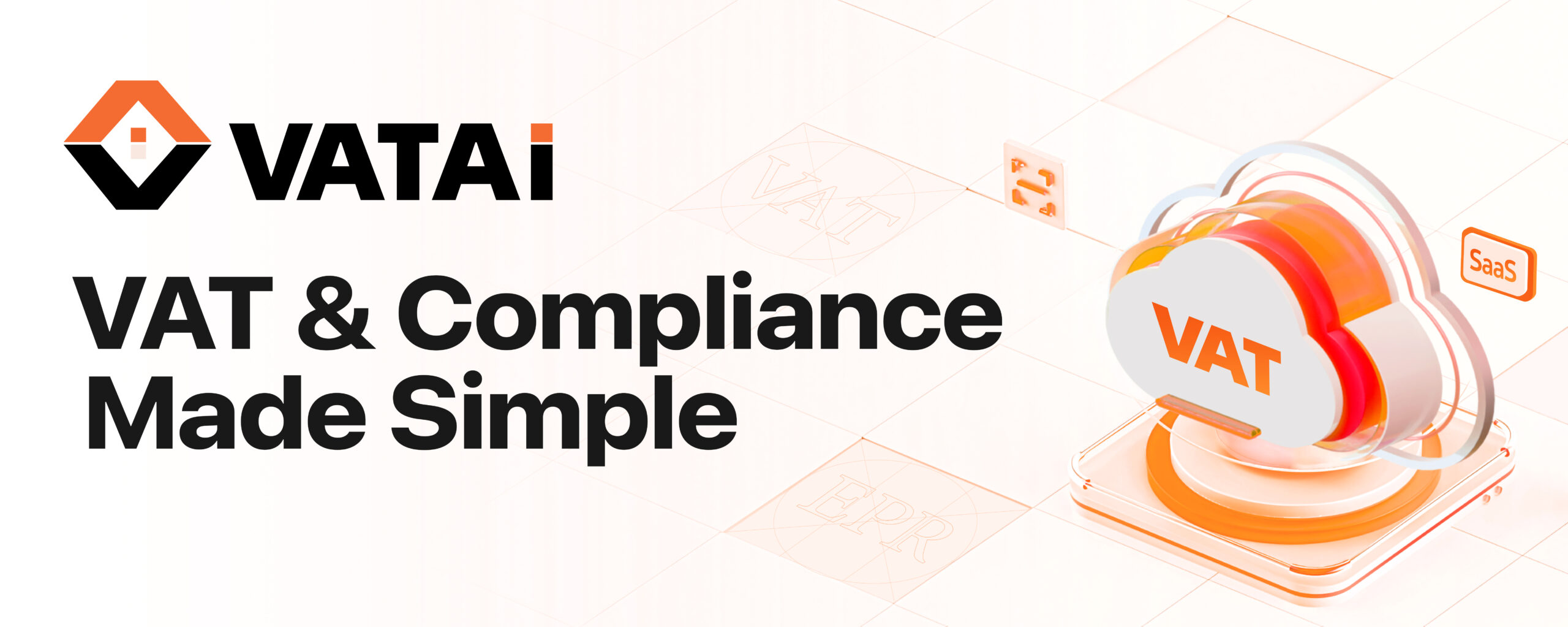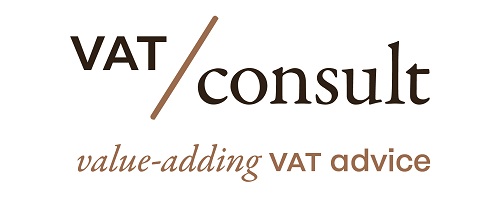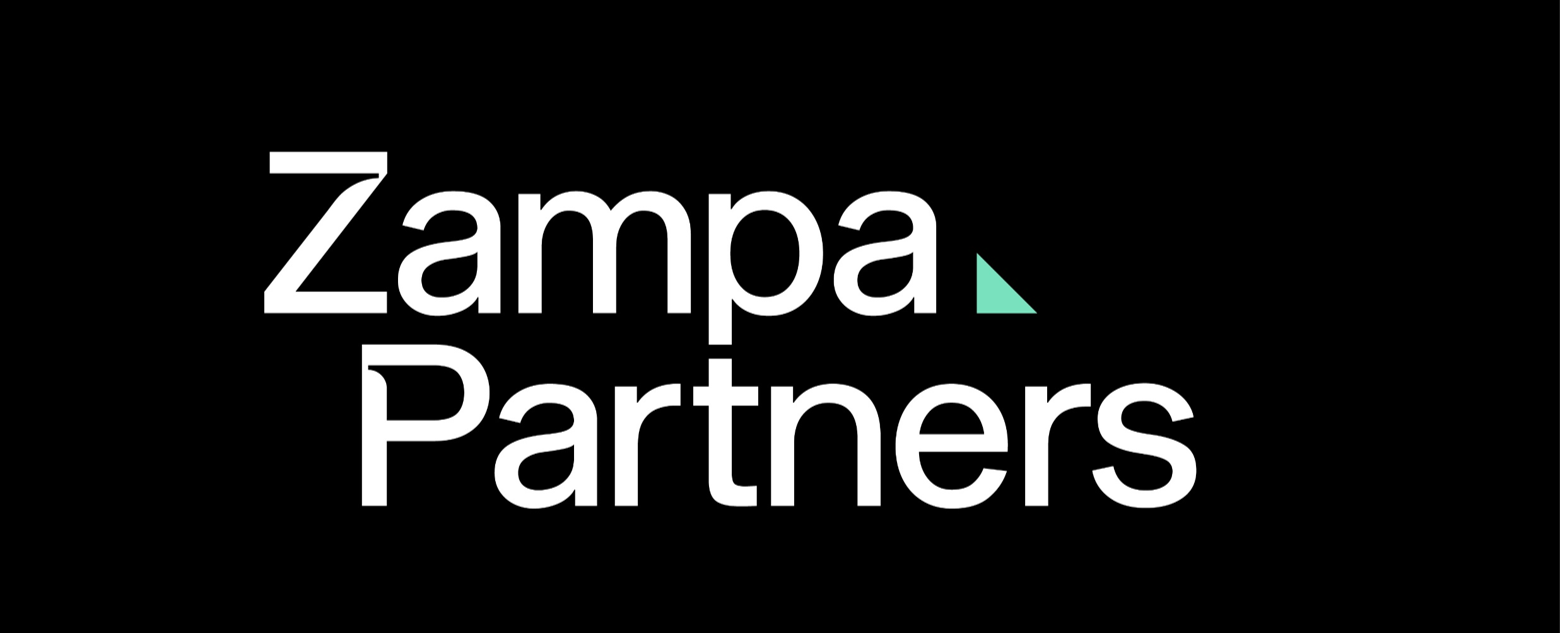On 8 December the European Commission (“EC”) launched its long-awaited proposals to modernize the VAT rules within the EU collectively known as “VAT in the Digital Age package” (“ViDA”).
ViDA has 3 pillars:
- Digital Reporting Requirements (DRR)
- Platform Economy
- Single EU VAT Registration
Communication European Commission
Changes to the EU VAT Directive 2006/112/EC
- Proposed Changes to the EU VAT Directive 2006/112/EC
- EU VAT Directive 2006/112/EC with all changes (2024 – 2028)
- EU VAT Directive 2006/112/EC – Old. vs new articles & updated version of the Directive
Changes to the Implementing Regulation 282/2011
Timetable
Pass us your comments!!!
ViDA Analyzed
- Part 1: E-invoicing will be the general rule for the issuance of invoices – Legal basis
- Part 2: 2 days deadline for the issuance of invoices on intra-Community supplies
- Part 3: Elimination of the possibility to issue summary invoices
- Part 4: Content of invoice – More data elements added to allow automation of process reporting (Art. 226)
- Part 5: Call-Off Simplification (Art. 17a) introduced via the Quick Fixes will cease to exist
- Part 6: Digital reporting system for intra-Community transactions: Articles 262 to 271
- Part 7: Digital reporting system for supplies of goods and services for consideration carried out within the territory of one Member State: Articles 271a to 273
- Part 8: Platforms: Articles 28a, 46a, 135 (3), 136b, 172a, 242a, 306
- Part 9: Single VAT Registration (SVR) and improvements to the existing e-commerce rules and the margin scheme
Highlighted Topics
- Part 1: End of the Quick Fix on Call-off simplification, start of Special Scheme for transfer of own goods per Jan 1, 2024
- Includes:
- Extension of the Union One Stop Shop to include Transfer of Own Goods – Title XII, Chapter 6, the following Section 5 is added, new articles 369xa-369xk (Jan 1, 2025)
- Includes:
- Part 2: Recipient should be able to accept E-invoices, Member States may make it mandatory to issue E-Invoices as of Jan 1, 2024
- Includes:
- Electronic invoicing will be the default system for the issuance of invoices as of Jan 1, 2024 (Art. 218)
- The issuance of electronic invoices by taxable persons and their transmission shall not be subject to a prior mandatory authorisation or verification by the tax authorities as of Jan 1, 2024 (Art. 218)
- Several Member States have been granted a special measure to apply mandatory e-invoicing, where such clearance systems have been implemented. These systems can only be applied by those Member States up to 1 January 2028, ensuring the convergence with the EU digital reporting system.
- Issuance of electronic invoices should not be subject to the acceptance of the recipient as of Jan 1, 2024 (Art,. 232)
- Includes:
- Part 3: Member States ”Shall Allow” ”Domestic Reverse Charge” as of Jan 1, 2025 (Art. 194)
- Includes:
- Supplies for which art. 194 is applied should be included in the recapitulative statement of Jan 1, 2025 (Article 262(1)(c))
- Includes:
- Part 4: Invoices SHALL be issued in a structured electronic format if subject to Digital Reporting Requirements as of Jan 1, 2028
- Includes
- Member States may accept documents on paper or other formats as invoices for transactions not subject to DRR
- Includes
- Part 5: An invoice shall be issued no later than 2 working days following the chargeable event as Jan 1, 2028
- Part 6: Elimination of the possibility to issue summary invoices (art. 223) as of Jan 1, 2028
- Part 7: Content of the invoices (art. 226), 3 new data points as of Jan 1, 2028
- Part 8: Digital Reporting Requirements to be filed electronically two days after date of the issuance of the invoice as of Jan 1, 2028
- Part 9: After Jan 1, 2028, Member States MAY have the option to implement E-Invoicing for domestic transactions
- Part 10: DRR is to be issued by both the supplier and the customer as of Jan 1, 2028
- Part 11: Definition of an European Standard of Electronic Invoice (Art. 218)
Join the LinkedIn Group on ”VAT in the Digital Age” (VIDA), click HERE















